Part 1 Recap
In Part 1, we covered the vital information to prepare the project’s scope and identify the goals for going off-grid! With the critical terms reviewed and the initial assessment process completed, we can now move on to the sizing of the system per the Off-Grid project needs and what equipment will best fit the situation!
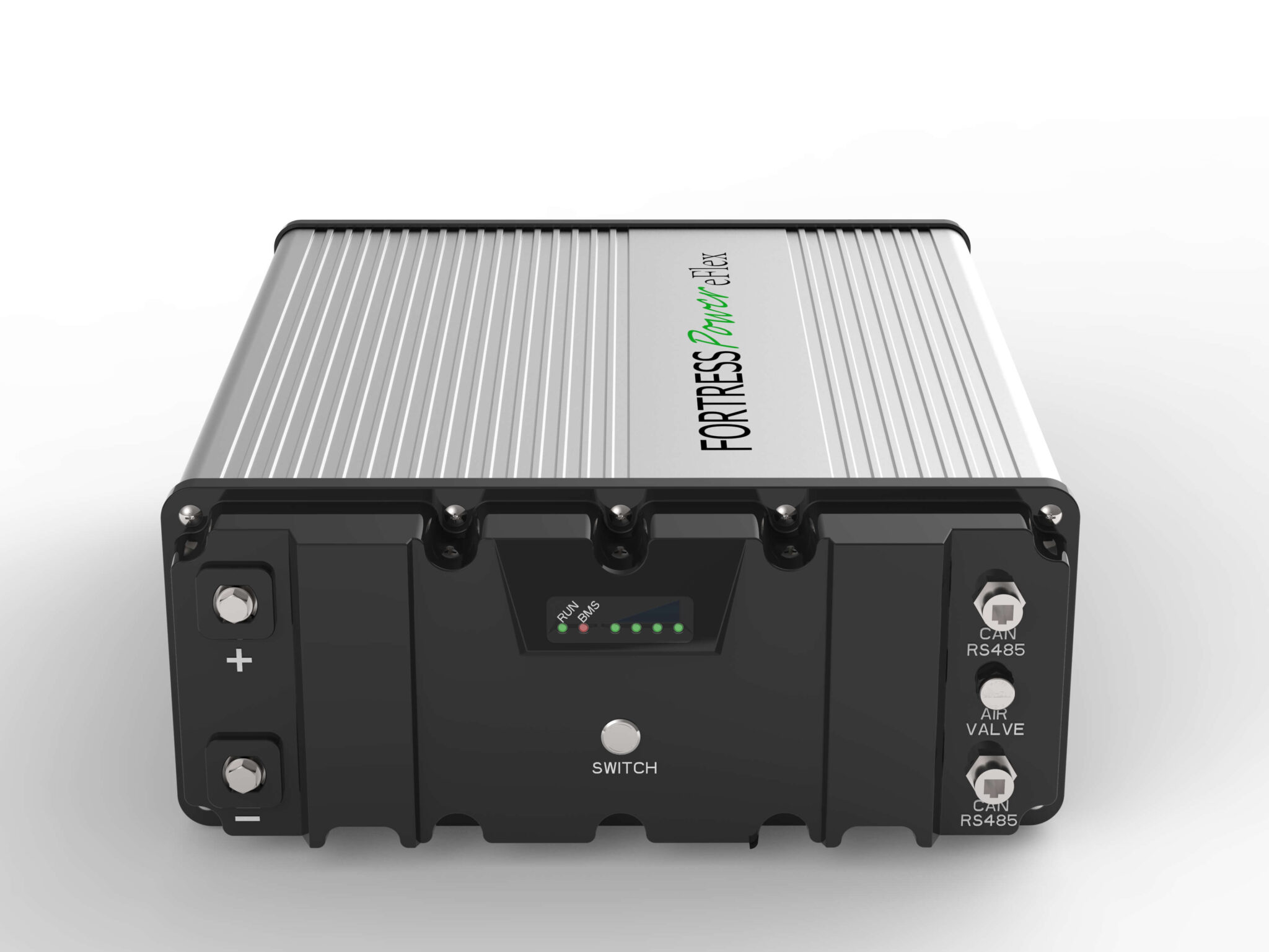
Battery sizing and design
The most vital equipment for an Off-Grid system is battery storage. Batteries will provide the sole electricity source for days when there is no sun or if the solar panels fail. Knowing how many loads and energy they demand helps determine how much battery backup is needed. Plus, this is where we would also consider using a gas generator as a secondary backup energy source if the batteries run out of power or fail for some reason as a fail-safe procedure.
Solar sizing and design
After the required battery capacity calculations are complete, the next is to calculate the solar array size to provide enough energy to power loads during the day and recharge the batteries. We utilize state-of-the-art solar software to calculate the amount of solar the property can produce. With the solar potential calculated, we can use that to size the amount of solar needed to produce enough electricity to keep the batteries topped up for overnight use or extended periods of non-sunny days, such as in the Winter.
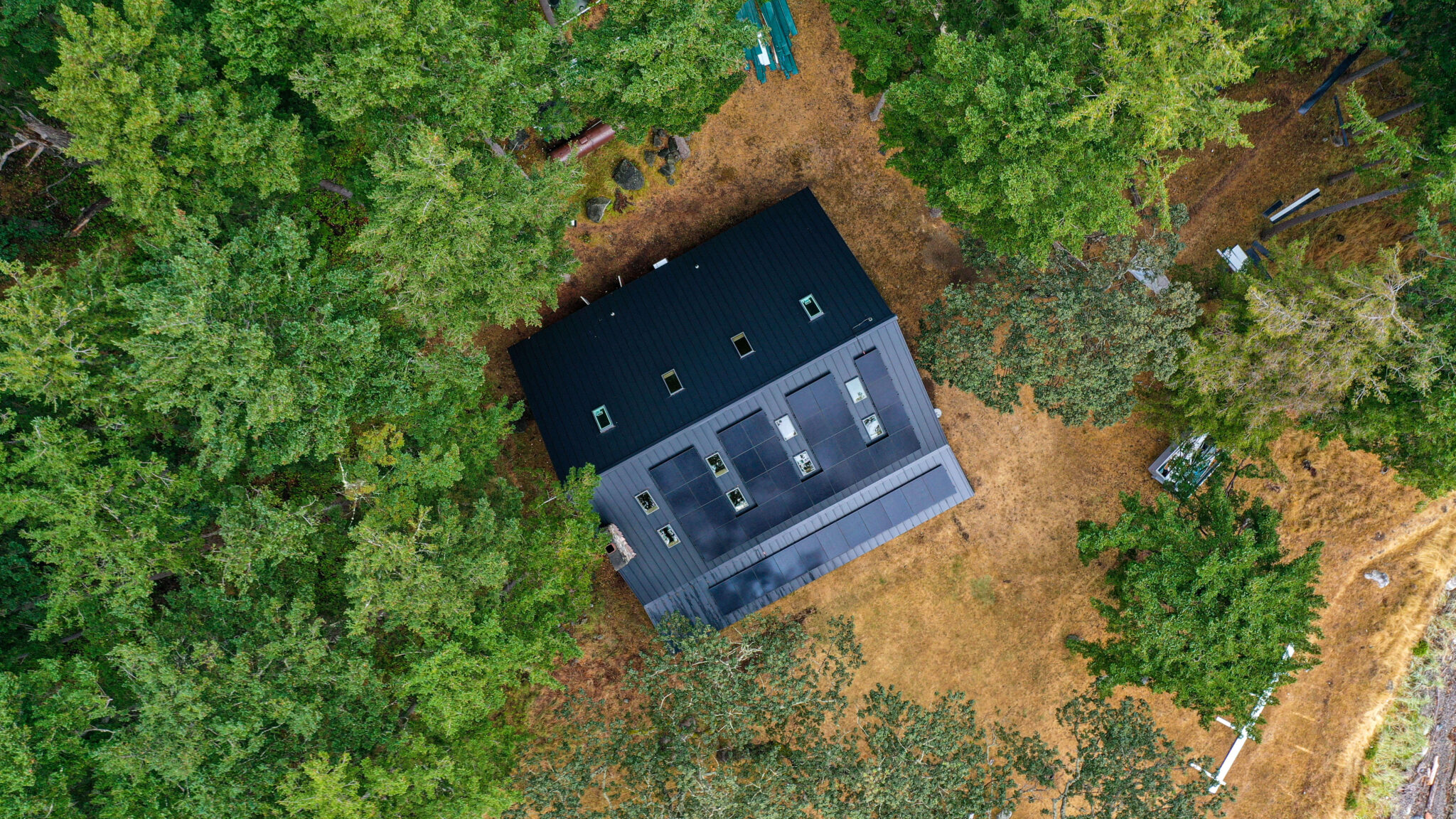
Specialized Off-Grid equipment
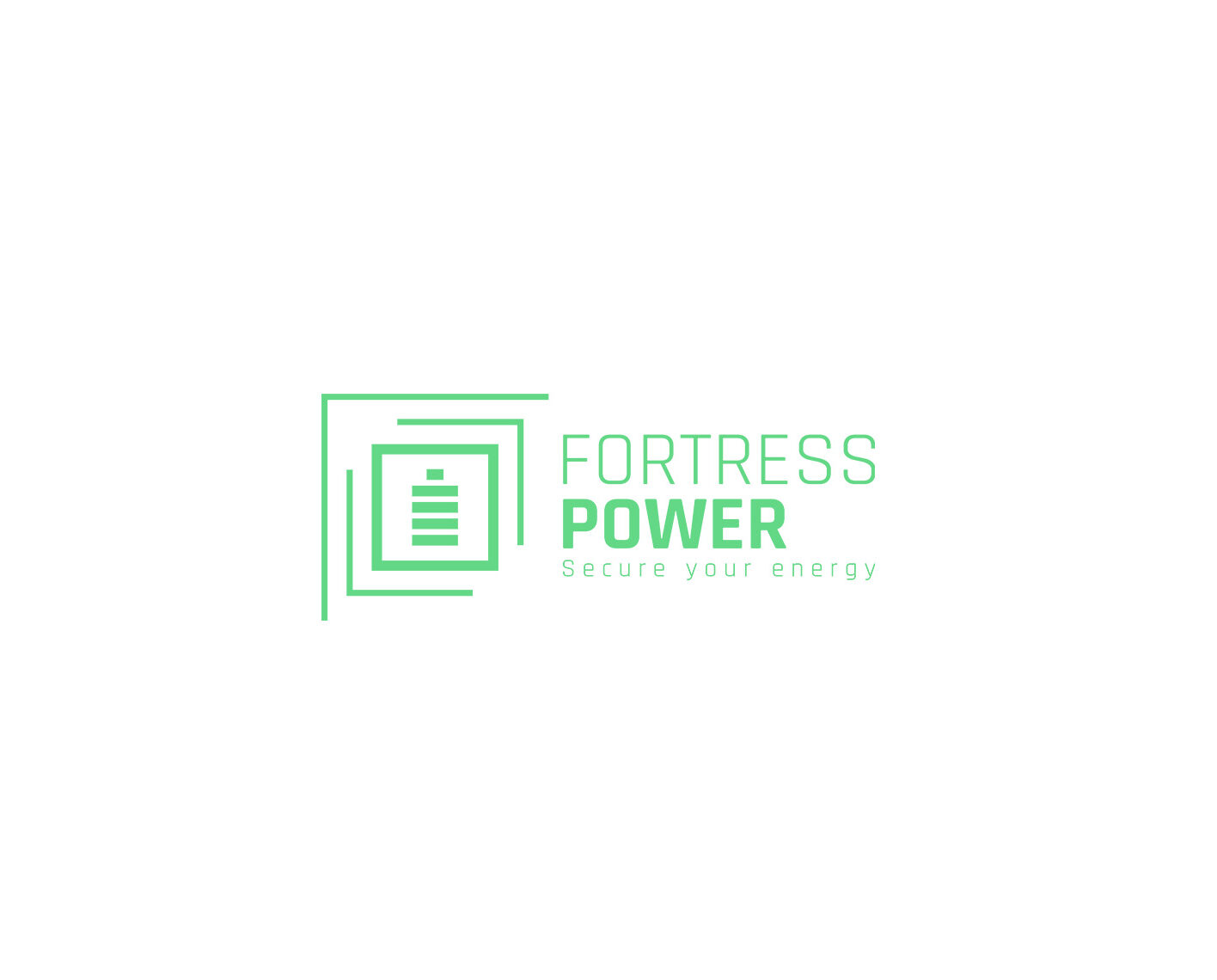
Fortress Power Batteries and Racking
Fortress Power designs and manufactures batteries for off-grid applications. With a safe design, 15+ year lifespan, and zero maintenance, homeowners are left assured that after installation, they can enjoy.
Plus they have their own racking options such as the FlexTower which serves as the battery enclosure. Which protects and allows for easy wiring of the batteries maximizing safety and efficiency of the install!
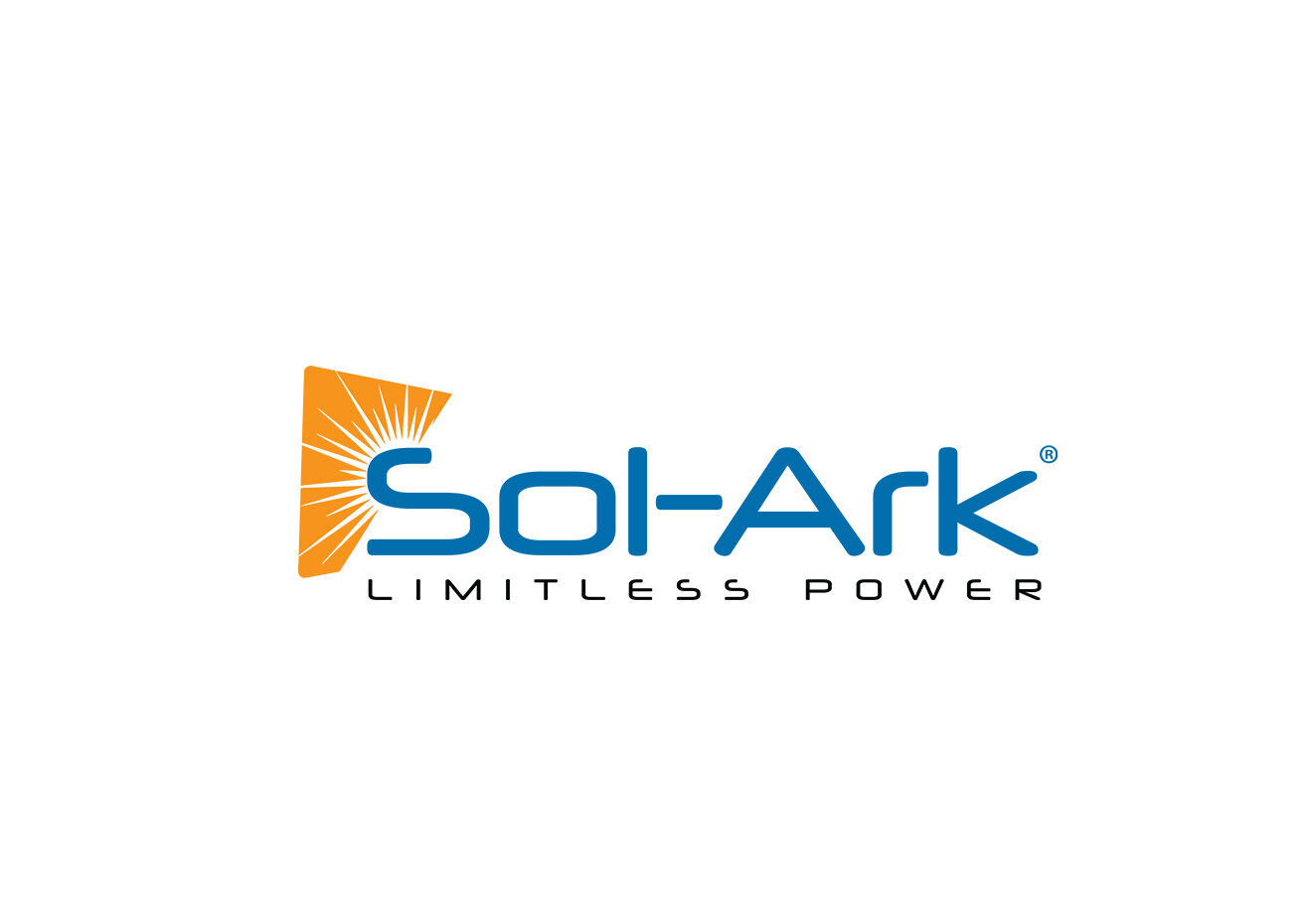
Sol-Ark Inverter
Sol-Ark inverters come into the Off-Grid with a plug-and-play solution for battery-tied solar energy systems. With an internal battery management system, you can rest assured that the solar energy used to charge the batteries is maximized for the batteries.

Tigo Optimizers
Tigo optimizers are the preferred pairing with Sol-Ark inverters until Sol-Ark manufactures their own optimizers (this is currently in works!). Tigo optimizers feature module-level monitoring and rapid shutdown so that you can have a system that adheres to code and provides crucial insight into the production of your solar energy.
System installation
It’s time to put pavement on the road; we have the equipment ready to be dropped off at the location, installation crews, and the timeline to get it done. Depending on how remote the site is, the complete installation of an off-grid project may take five to seven days. The installation process includes delivering materials, installing the equipment, and then commissioning and inspecting the system. The timeline will vary for each project as it is custom-built.
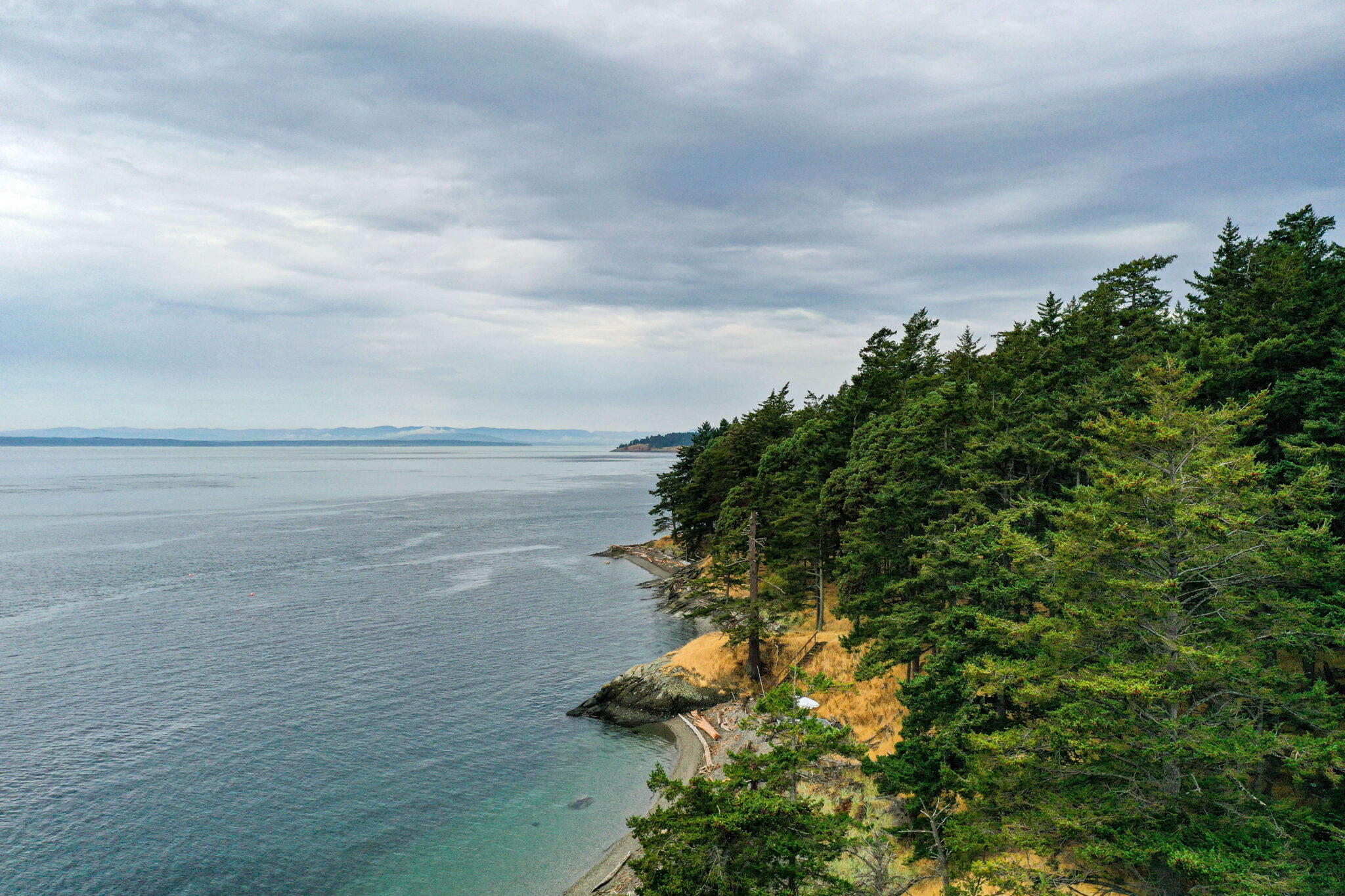
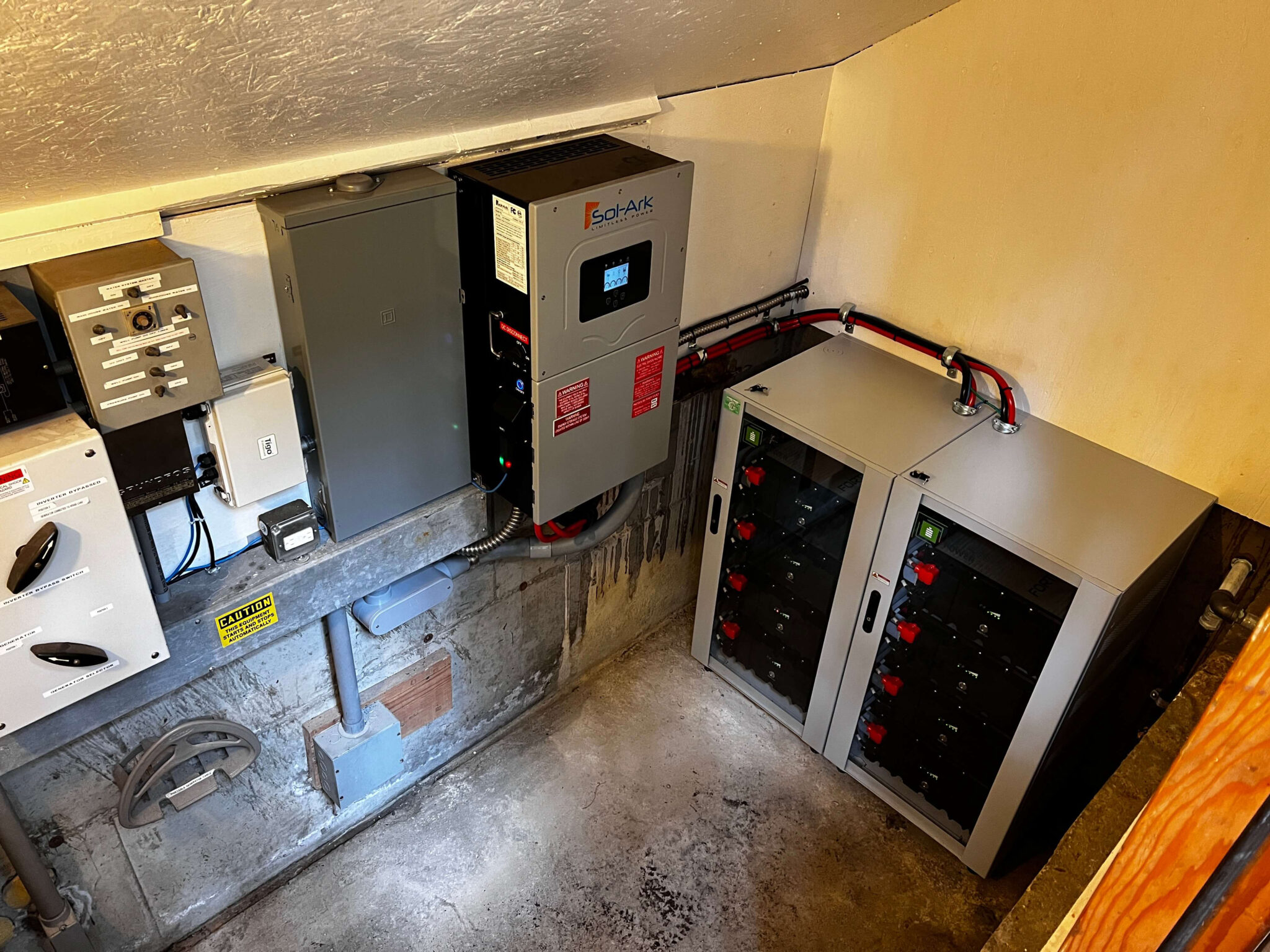
Monitoring = Maintenance
Off-Grid systems follow the same maintenance principles as residential grid-tied solar and battery energy systems. That means monitoring your solar production and battery state of charge (SOC) is vital to determine if there are any equipment issues, knowing how much backup capacity is available and how much energy your home demands.
Keeping your solar panels clean will maximize production, and ensuring the battery and equipment are temperature-controlled and not subjected to extreme temperatures will ensure the system’s longevity.
Off-Grid system with NWES
We hope you’ve enjoyed learning about the design, installation, and maintenance procedures for Off-Grid energy systems. The blog’s purpose was not only to educate but to get people excited about the solutions available to them for their homes, grid-tied or not! With home energy management systems, you can achieve energy independence by controlling how you use, store and generate electricity. Please contact us through our General Contact form linked below to ask about any Off-Grid projects you may consider; we’re here to help you!


